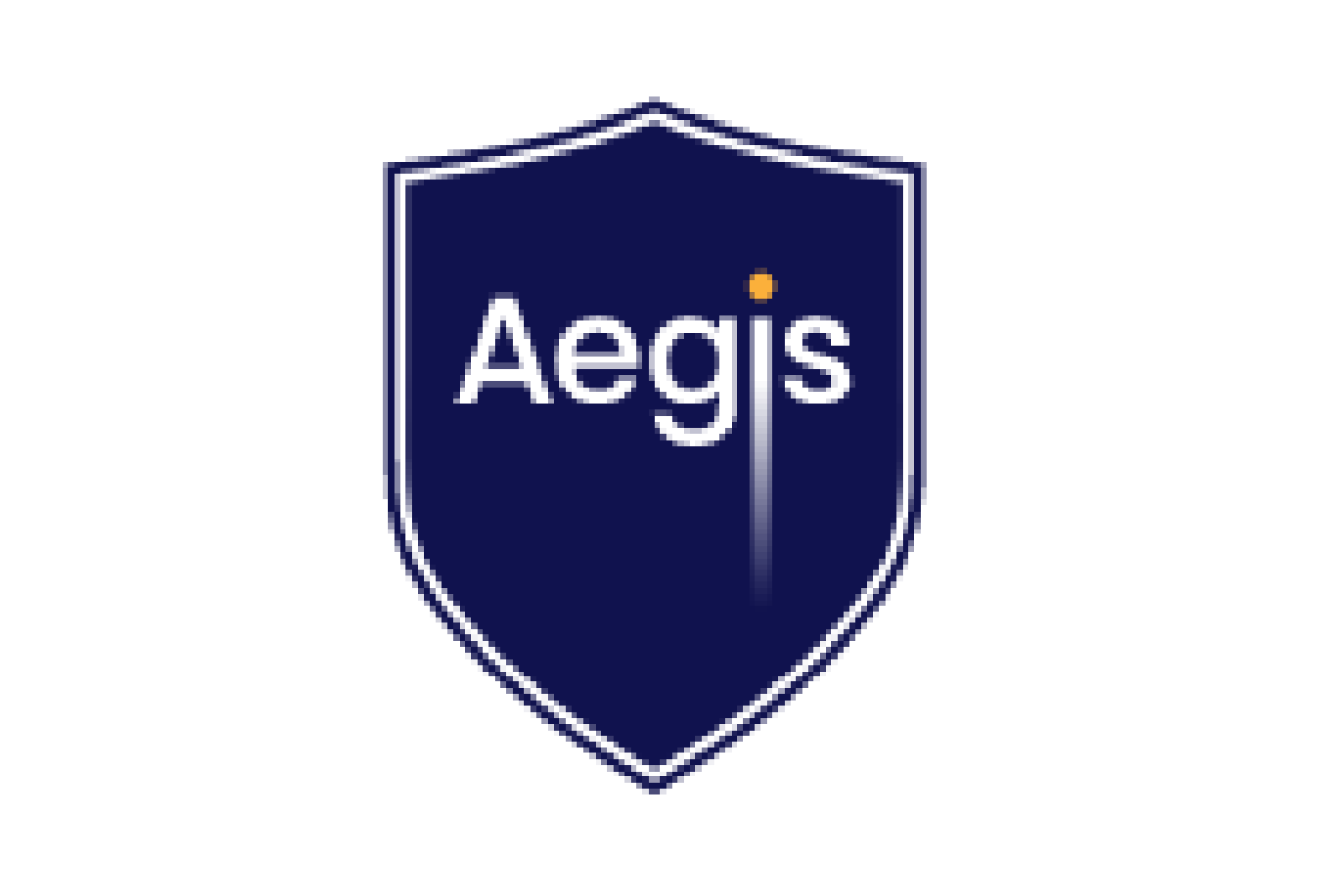


The European maritime transport policy as well as national governments recognizes the importance of the waterborne transport systems as key elements for general and sustainable growth in Europe. In line with the EU Transport White Paper 30% of road freight over 300 km should shift to other modes such as rail or waterborne transport by 2030, and more than 50 % by 2050. So far, this ambition has failed spectacularly. In the period 1995 to 2016 total freight increased with approximately 30%. The share of road transport in intra-EU ton-km increased, whereas the share of short sea shipping (SSS) dropped. Inland had a slight decrease.
Waterborne transport has a great potential to reduce road congestion as well as pollution from the transport sector. When used correctly, it is very energy efficient and new ship types can operate with a combination of electric batteries, fuel cells and, when necessary, highly efficient combustion engines, e.g. powered by LNG.
The main objective of AEGIS is to develop a new waterborne transport system for Europe that leverages the benefits of ships and barges while overcoming the conventional problems like dependence on terminals, high transhipment costs, low speed and frequency and low automation in information processing. AEGIS intends to use new innovations from the area of connected and automated transport, including smaller and more flexible vessel types, automated cargo handling, autonomous ships, new cargo units and new digital technologies to regain the position that waterborne traditionally had in cargo transport. Ships are most efficient when the cargo holds are full. AEGIS will look for ways to attract new cargo, inbound as outbound, to waterborne transport. This requires new types of services, new business models and better logistics systems.